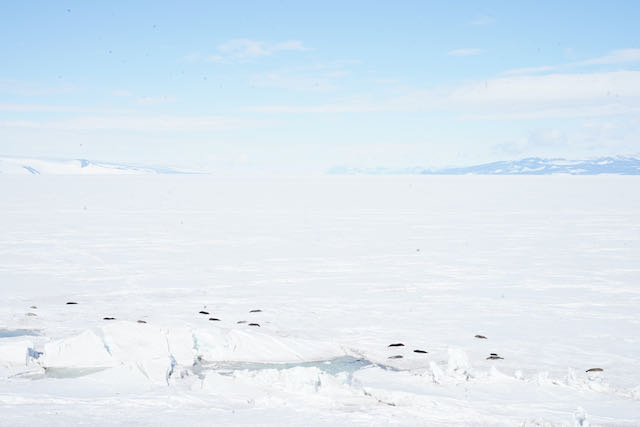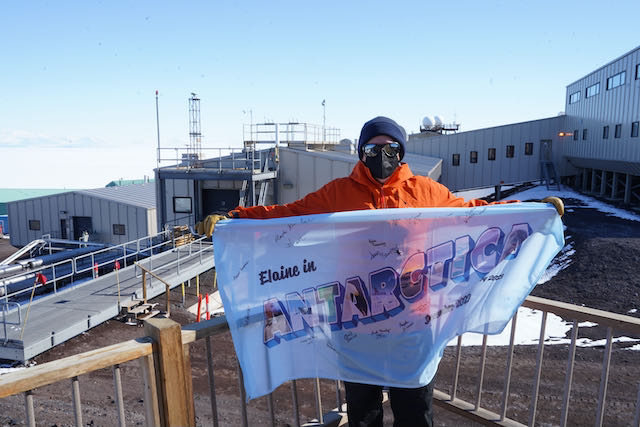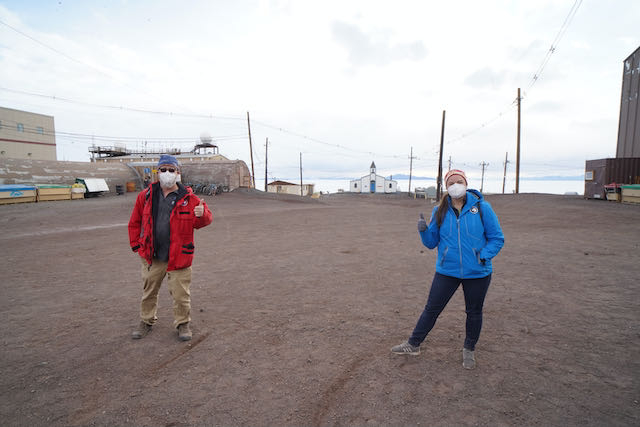On my social media platforms - @elaine.explains - I shared 24 "Knowledge Nuggets" - bits of trivia about Antarctica counting down to my departure date (and Christmas)! I'd love to share them with you here throughout my time "on ice".
Now updated with my own photos!
Knowledge Nugget 5
Weddell seals can dive nearly 2,000 feet underwater, and can hold their breath for up to 90 minutes!
Weddell seals are the southernmost born mammal, and they’re really impressive! Harbor seals - which are common in Southern California - can hold their breath for about 30 minutes, but Weddell seals can triple that! Weddell seals also spend 6-8 weeks with their mother learning to swim and hunt from their mothers, which is unique among seal species.

Knowledge Nugget 6
Antarctic Sea Spiders use their legs to absorb oxygen, digest food, store unfertilized eggs - and also walk of course!
Antarctic Sea Spiders also exhibit a phenomenon called “Polar Gigantism” meaning they’re much larger than their warm-water counterparts! Scientists are studying these animals to figure out WHY they’re so big. The prevailing theory is that because there is a higher oxygen concentration in the colder water, these organisms grow even bigger! Especially because their metabolism is also slower.

Knowledge Nugget 7
Thwaites GlacierA mass of ice that persists for many years and notably deforms and flows under the influence of gravity., located in the Western Antarctic Ice Sheet is the widest and fastest moving glacier in the world!
Thwaites GlacierA mass of ice that persists for many years and notably deforms and flows under the influence of gravity. is an important indicator of climate change as it contributes about 4% of all sea level rise per year due to warmer air and water temperatures. If the whole glacier collapsed, the global sea level would rise nearly 2 feet!

Knowledge Nugget 8
We may think of Antarctica as just covered in ice - but not everywhere! Welcome to the McMurdo Dry Valleys!
There are SO many research projects going here - from microbiology to meteorology to hydrology to climate to soil science - this is truly an interdisciplinary research area and it is FASCINATING! Even NASA scientists are looking at the Dry Valleys as a test ground for assessing human survivability on Mars! Extreme is an understatement.
It may look lifeless - but there are a number of frozen lakes, which are filled with AMAZING microbial communities! PolarTREC teacher, Bill Henske, is there right now with the McMurdo Dry Valleys Long Term Ecological Research (MCM(abbreviation) McMurdo Station LTER) Project to study how environments respond to ecological changes. Check out his journals too!



Comments